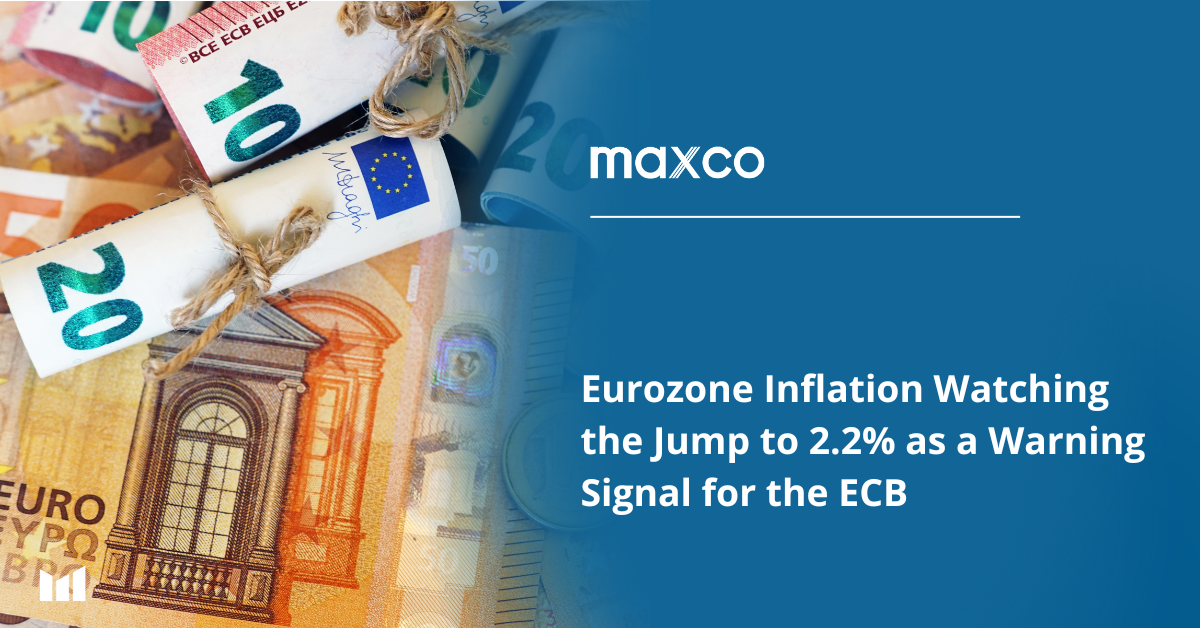The latest release of Eurozone inflation data for September 2025 has captured global market attention. Annual inflation (YoY Flash) came in at 2.2%, slightly higher than the previous month’s 2.0%. While the increase of just 0.2% seems modest, it carries an important message: price pressures in Europe have not fully eased.
This uptick was driven by two key factors. First, energy and food prices surged again amid volatility in global commodity markets. Second, consumer demand has remained resilient despite fragile economic conditions, making it harder for prices to decline quickly.
For the European Central Bank (ECB), this data presents a dilemma. On one hand, inflation above the 2% target signals that the ECB cannot rush into easing interest rates. On the other hand, the Eurozone economy is facing significant slowdown risks. In other words, the ECB must strike a delicate balance: safeguarding price stability while avoiding excessive pressure on growth.
Impact on Financial Markets
- EUR/USD: If inflation holds at 2.2% as expected, the euro may strengthen slightly. However, if the figure comes in higher, the euro could rally further as markets anticipate the ECB will take a more cautious stance on rate cuts. Conversely, if inflation falls below 2%, the euro is likely to weaken against the US dollar.
- Eurozone Bonds: Bond yields could rise if inflation exceeds expectations, as the “higher-for-longer” interest rate narrative would resurface.
- European Equities: Higher inflation could be negative for stock indices, as investors fear borrowing costs will stay elevated. However, if the data matches forecasts, the market reaction is likely to remain neutral.
Outlook for Q4 2025
With inflation climbing back to 2.2%, markets see that the ECB’s inflation target is far from secure. If this trend persists into Q4, expectations could shift from “aggressive ECB easing” to “cautious ECB moves.” This means the pace of interest rate cuts may slow, leaving the euro with a stronger footing against other major currencies.
